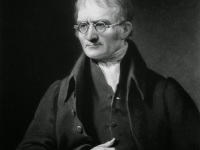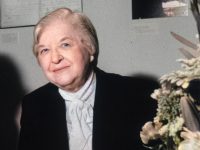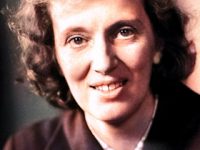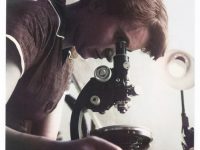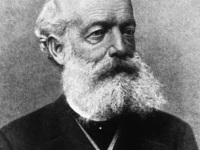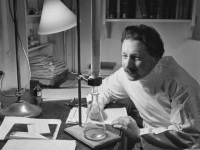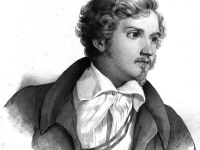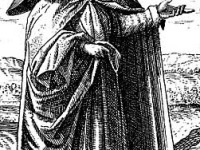John Dalton and the Origins of the Atomic Theory
On September 6, 1766, English chemist, meteorologist and physicist John Dalton was born. He is best known for his pioneering work in the development of modern atomic theory, and his research into colour blindness. He also recognised that the aurora borealis was an electrical phenomenon. “Philosophers are generally persuaded, that the sensations of heat and cold are occasioned by the presence or absence, in degree, of certain principle or quality denominated fire or…
Read more

